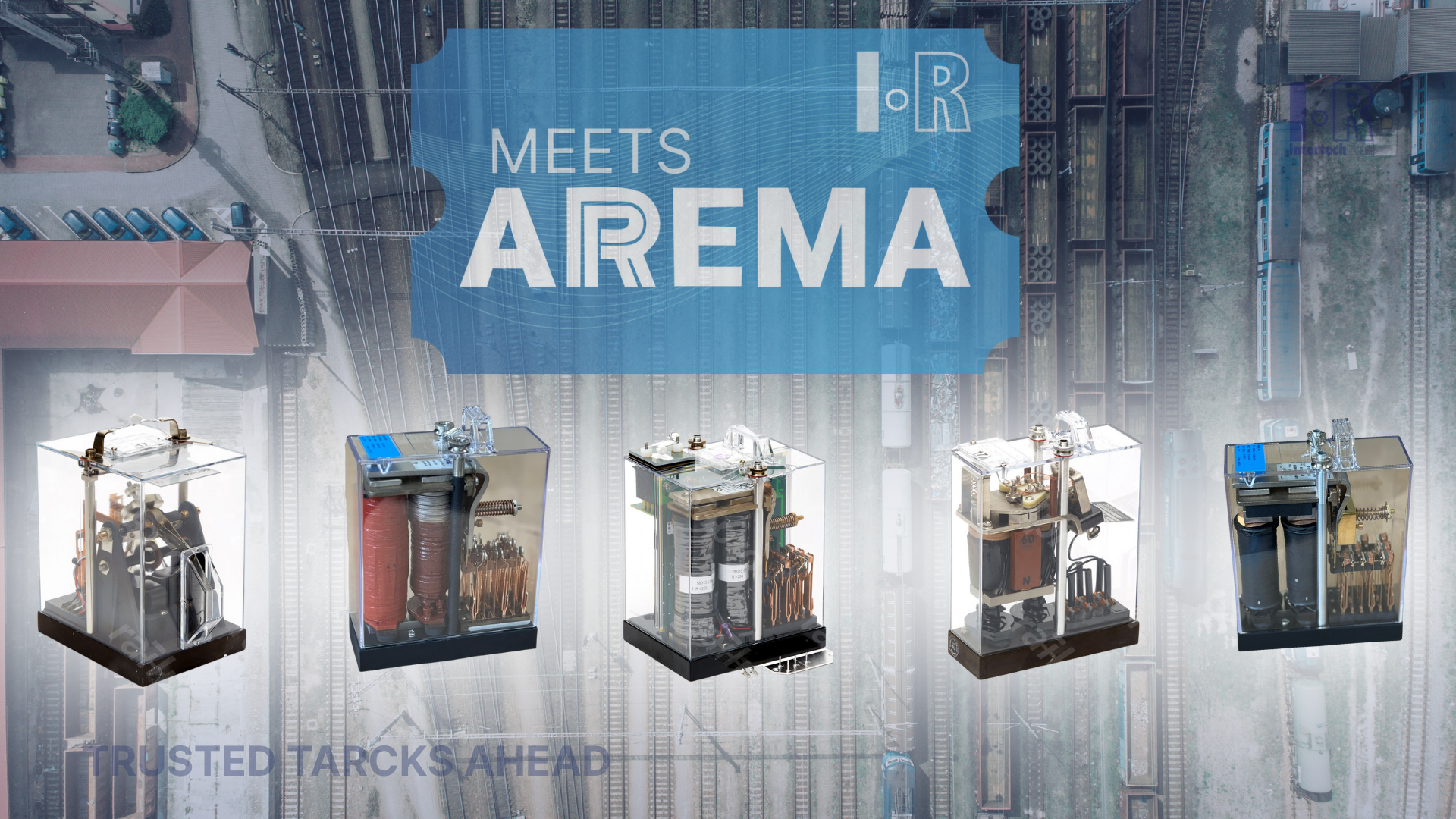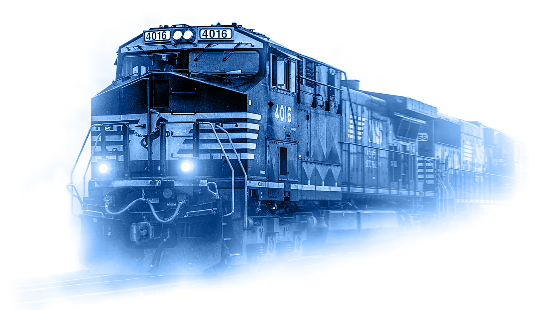The Critical Role of Level Crossings in Railway Operations: Technologies and Safety Solutions

Level crossings play a crucial role in railway networks worldwide, acting as intersections between rail tracks, roadways, or pedestrian pathways. As railway operations become increasingly complex and train speeds continue to rise, ensuring the safety and efficiency of level crossings is paramount. This article explores the significance of level crossings in modern railway infrastructure and examines the cutting-edge technologies that enhance their safety and performance.
Why Are Level Crossings Important?
Level crossings are essential access points, allowing vehicles, pedestrians, and cyclists to safely cross railway tracks. However, they also present significant safety risks if not properly managed. A single moment of miscalculation—whether due to human error, technical malfunction, or environmental conditions—can lead to catastrophic consequences.
To mitigate these risks, the railway industry has adopted stringent safety protocols and advanced technological solutions, ensuring that level crossings remain secure and efficient while minimizing disruptions to railway and road traffic.
Key Technologies for Level Crossings
The evolution of railway safety has introduced several high-tech solutions that improve level crossing safety and reliability. These technologies work together to detect approaching trains, control barriers, and provide clear signals to road users and pedestrians.
1. Train Detection Systems
Modern train detection systems are the backbone of level-crossing safety. They utilize various sensor technologies to identify and track train movements in real time. The most common detection systems include:
- Wheel Sensors: Fail-safe axle detection sensors that provide precise train location and speed data. These systems, such as the DKU Wheel Sensor, not only detect the presence of an approaching train but also calculate speed parameters to optimize warning signals.
- DC Track Circuits: One of the most reliable train detection methods, DC track circuits introduce a low-voltage current into the rails. When a train enters the track section, the circuit detects the presence of the train and activates crossing warning systems accordingly.
- Axle Counters: Used in high-traffic and complex railway networks, axle counters accurately count the number of axles passing through a crossing, ensuring precise train detection and movement tracking.
2. Level Crossing Gate Systems
Automated level crossing gates play a vital role in preventing unauthorized or unsafe crossings. These gates are typically fail-safe, meaning that in the event of a power outage or system failure, they default to a closed position to prevent accidents. Depending on operational needs, crossings can be equipped with:
- Boom Barriers: Heavy-duty gates that automatically lower when a train approaches and raise once it has safely passed.
- Pedestrian Gates: Specialized barriers designed to control foot traffic at crossings, enhancing pedestrian safety.
- Manual Override Systems: These allow railway personnel to control gates manually in case of emergencies or maintenance operations.
3. Visual and Audible Warning Systems
Clear and effective warning systems are crucial for ensuring that road users and pedestrians are aware of approaching trains. The best level-crossing solutions integrate multiple warning signals, including:
- LED Railway Signals: High-intensity LED lights are designed to provide maximum visibility, even in adverse weather conditions. These modular, durable signals are engineered to meet industry standards such as AAR (Association of American Railroads).
- Audible Alarms: Bells and horns that sound when a train is approaching, alerting both drivers and pedestrians to stop and wait.
- Automated Warning Systems: Integrated control systems that synchronize visual and audible alerts with train detection, providing a seamless and reliable safety mechanism.
4. Level Crossing Flooring Solutions
The structural integrity and durability of level crossing surfaces are essential for safe vehicle and pedestrian transit. Innovative flooring solutions, such as Intertech Rail's IRX rubber panels, offer a lightweight yet highly resilient alternative to traditional concrete or timber crossings. These modular panels provide superior traction, fast drainage, and excellent non-slip properties, ensuring safe passage even in harsh weather conditions.
The Future of Level Crossing Safety
As rail networks continue to modernize, the integration of
smart railway technologies
will further enhance level crossing safety. AI-driven predictive maintenance, remote monitoring systems, and real-time data analytics will help identify potential failures before they occur, reducing the risk of accidents and ensuring uninterrupted railway operations.
By implementing state-of-the-art detection systems, robust barriers, and high-performance warning solutions, rail operators can significantly reduce the risk of level crossing incidents while improving overall efficiency. Companies like Intertech Rail continue to drive advancement in railway safety, delivering advanced solutions tailored to the needs of modern rail infrastructure.
In the end, level crossings are indispensable components of railway systems, but they also represent one of the most challenging safety concerns in the industry. By leveraging advanced technologies—including fail-safe detection systems, automated barriers, and high-visibility warning signals—railway operators can effectively mitigate risks and enhance safety for both rail and road users.
As railway networks evolve, continuous investment in smart, fail-safe level crossing solutions
will be essential in maintaining the highest standards of safety, efficiency, and reliability. Implementing the right combination of technology and infrastructure improvements ensures that level crossings remain safe, efficient, and future-ready.
Share article

Tags are essential parts of the railway sector that improve operations, increase safety, and simplify asset management. These little gadgets are essential for regulating signals, automating procedures, and supplying real-time data. This article examines the fundamental ideas of tags, their varieties, and cutting-edge Transcore-powered solutions. The Importance of Tags in Railway Systems Railway tags are small electronic devices used for data storage and transmission that are fastened to trains, signals, or other infrastructure. To manage schedules, keep an eye on train movements, and maximize safety, their main job is to connect with automated systems like Automatic Train Control (ATC). Additionally, tags improve overall efficiency and safety by tracking assets like railcars and providing real-time data for maintenance. Thanks to developments in tag technology, numerous kinds of tags that are appropriate for diverse situations and demands have been created. With the help of Transcore, some of these tags provide customized solutions for challenging situations. Let's examine the many kinds of tags and how they are used in the railroad sector. What is a Tag? A railway tag is a tool used to transmit data to a reader or control system. There are several uses for these tags, including: Identifying assets (railcars, infrastructure) Managing train movements Enhancing safety features (e.g., speed limits) Automating train control and scheduling To keep the railway network running smoothly, the tag's data is usually read by a sensor or reader as the train passes. Types of Railway Tags In the railway sector, various kinds of tags are made to meet particular requirements, such as asset tracking, signaling, and automated system communication. Let's examine the main categories of railroad tags. 1. Half Frame and Full Frame Tags These terms describe the tags' dimensions and ability to store data. In the railway industry, they are frequently employed for asset identification. Half Frame Tags: Perfect for straightforward tracking and identification in spaces with limited space or when less data is required, half frame tags are smaller in size and have a smaller data store capacity. Full Frame Tags: More substantial, larger, and capable of storing more info. These tags may interact with automated systems to send additional information and are utilized for more complicated applications, such as thorough asset management. For asset tracking, both kinds are necessary, but full-frame tags are more adaptable because of their larger data capacity. 2. Signal Tags Signal tags are essential for contact with the railway's signaling system. When a train passes, they communicate with crossing gates, trackside signals, and other infrastructure to send critical information. Functions of Signal Tags include: Triggering signal changes (e.g., stop, go) Updating train schedules Sending alerts to the control center in case of issues By automating reactions to real-time events, signal tags increase railway operations' safety and effectiveness. They can even affect train speed and routing when combined with Automatic Train Control (ATC) systems, making train movements safer and more effective. 3. Tags for Harsh Environments TransCore is a pioneer in creating cutting-edge tag solutions for the railroad industry. Their solutions are made to function dependably in demanding settings, guaranteeing that railroad operations continue to be secure and effective even in the most severe circumstances. Harsh Environment Balise: A reliable trackside beacon that is incorporated into signaling networks. Balizes interact with trains to initiate particular operations, such as modifying the speed or updating the schedule. To ensure dependable communication in challenging circumstances, these tags are designed to resist high temperatures, intense rain, snow, dust, and vibrations from passing trains. Harsh Environment Tag: Similar to the balise, this tag is utilized for safety-critical applications, asset tracking, and train equipment monitoring. These tags are perfect for industrial regions or places subjected to extreme conditions because they are long-lasting, provide long-range data transmission, and are corrosion-resistant. High-Temperature Tag: Designed to function in hot conditions, such as those found next to power plants or in hot industrial areas. Because these tags can tolerate higher temperatures than regular tags, asset management and safety systems will continue to operate even in extremely hot or cold environments. The Importance of Tags for Railway Operations Tags are crucial to the operation of modern railway systems. Here are a few reasons why they are so important: Automation: By automating tasks like asset management, movement control, and rail signaling, tags help to lower human error and boost operational effectiveness. Safety: By enabling instantaneous communication between trains and trackside systems, tags guarantee that vital safety information is conveyed promptly. This is particularly crucial in places with heavy traffic or difficult circumstances Efficiency: Railway operators can improve overall efficiency by optimizing timetables, maintenance, and resources using real-time data gathered from tags. Furthermore, tags enable predictive maintenance by spotting possible problems before they become serious ones. Asset Management: By keeping railcars, locomotives, and other pieces of equipment well-maintained and reducing downtime, tags aid in asset management. They are essential for raising efficiency and lowering maintenance expenses. The Future of Railway Tags Railway tags, particularly in automated systems, have improved safety, efficiency, and dependability, revolutionizing train administration. Advanced tags from Transcore, such as Signal Tags, Harsh Environment Balises, and High-Temperature Tags, offer strong, long-lasting solutions for contemporary train operations. These technologies will become even more important as the sector develops, enabling safer, more efficient operations under challenging circumstances. Leading the way in innovation, Transcore will influence the development of more automated and dependable rail networks for both passengers and cargo in the future.

This article explores the importance of AREMA (American Railway Engineering and Maintenance-of-Way Association) standards in the global railway industry. It explains how these guidelines enhance safety, interoperability, durability, and compliance with legal requirements. The piece also highlights the role of AREMA standards in railway relays, showcasing IntertechRail’s range of high-quality, AREMA-compliant relays that contribute to safer and more efficient railway operations worldwide.







